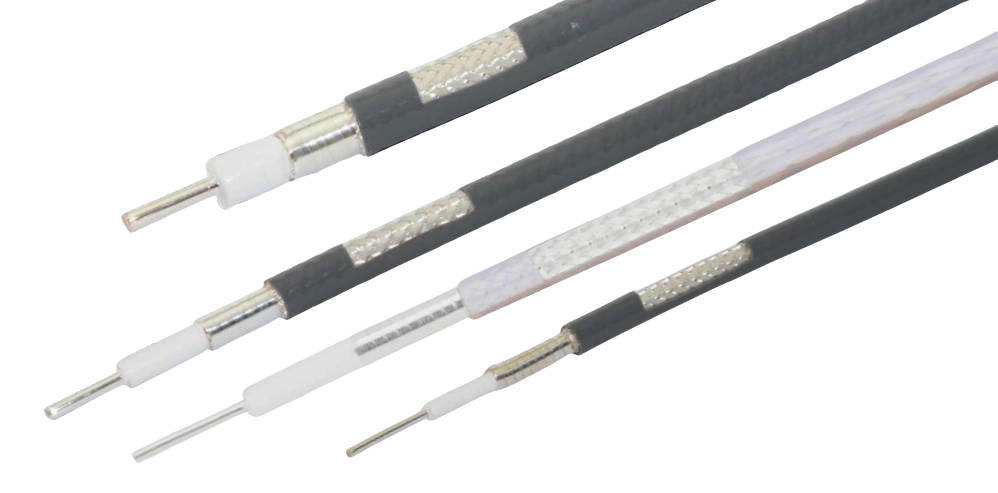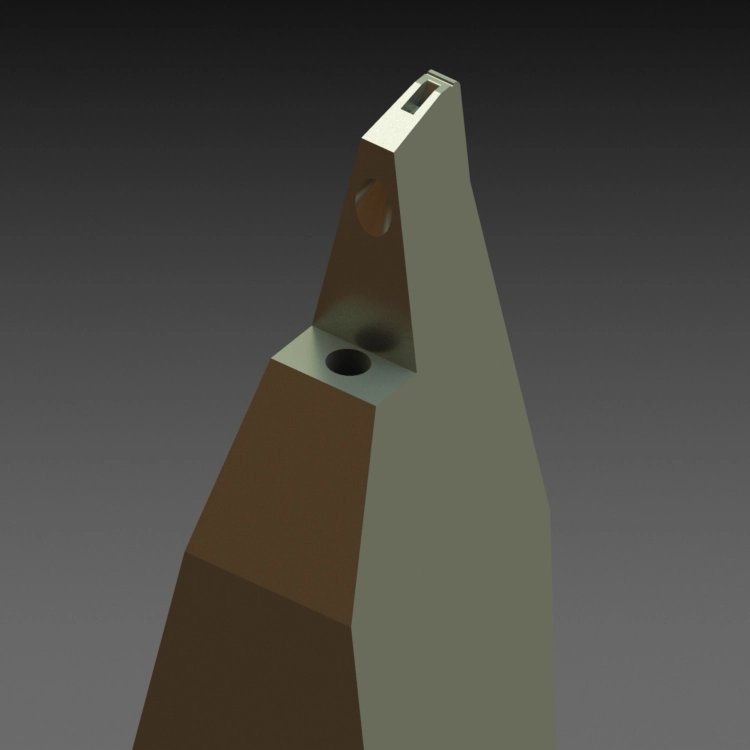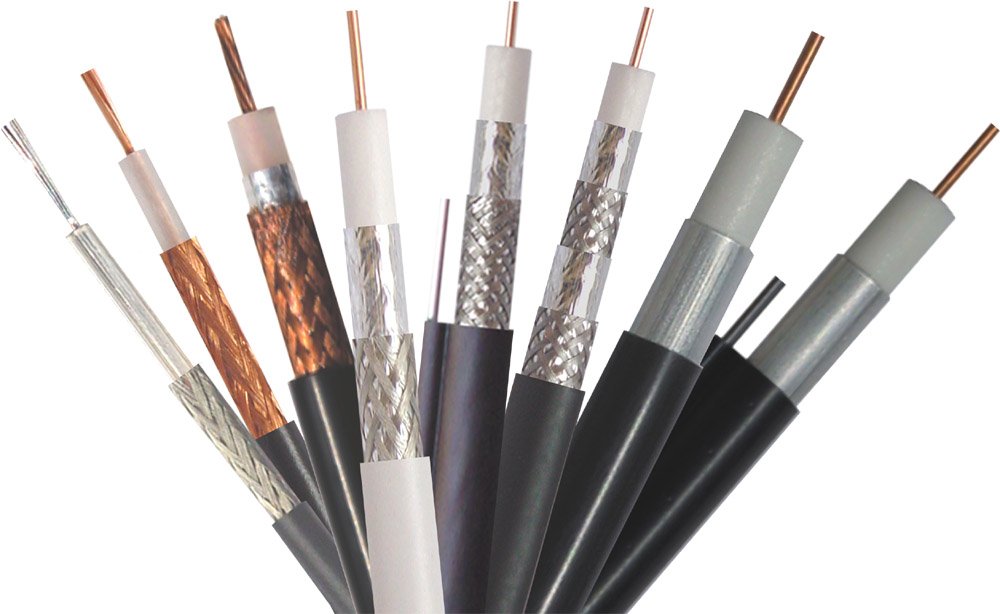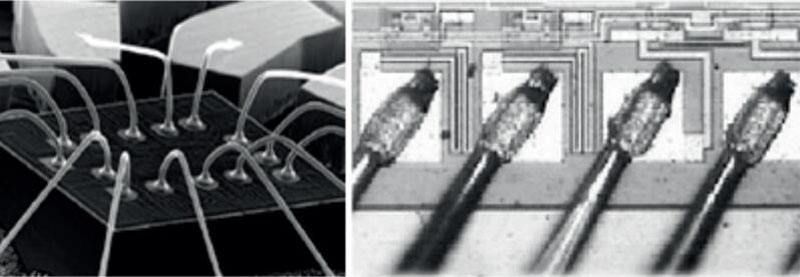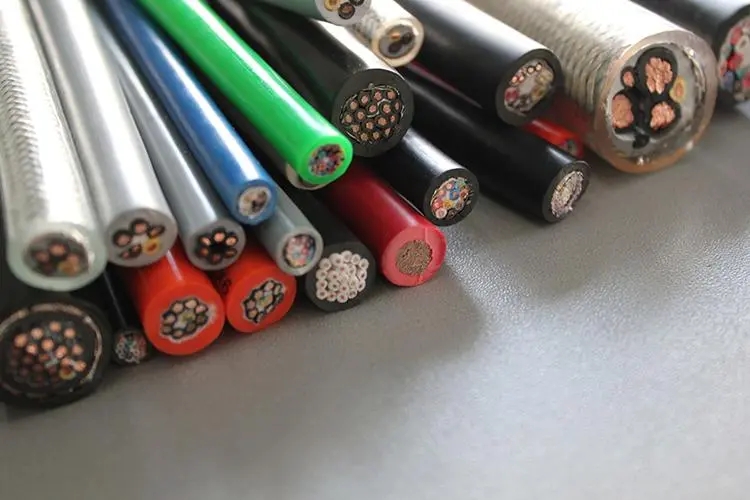The influence of skin effect on coaxial cable
Coaxial cable is a type of electrical wire and signal transmission line, usually made up of four layers of material: the innermost layer is a conductive copper wire, and the outer layer of the wire is surrounded by a layer of plastic (used as an insulator or dielectric). There is also a thin mesh of conductive material (usually copper or alloy) outside the insulator, and the outer layer of the conductive material is used as the outer skin,as shown in Figure 1,Figure 2 shows the cross-section of a coaxial cable.
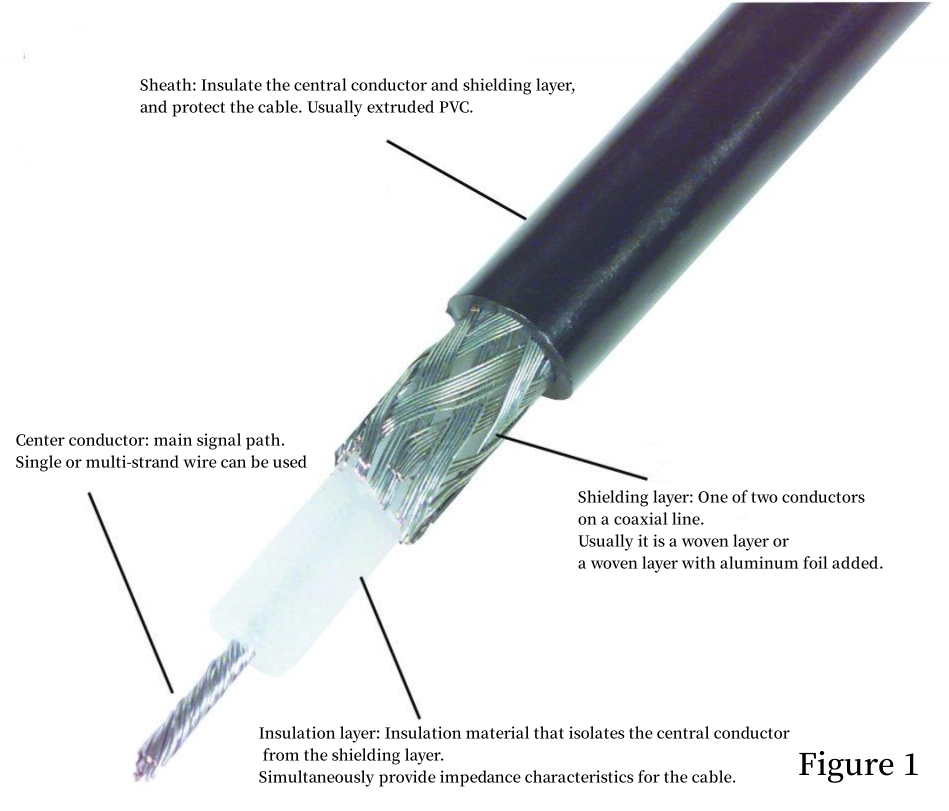
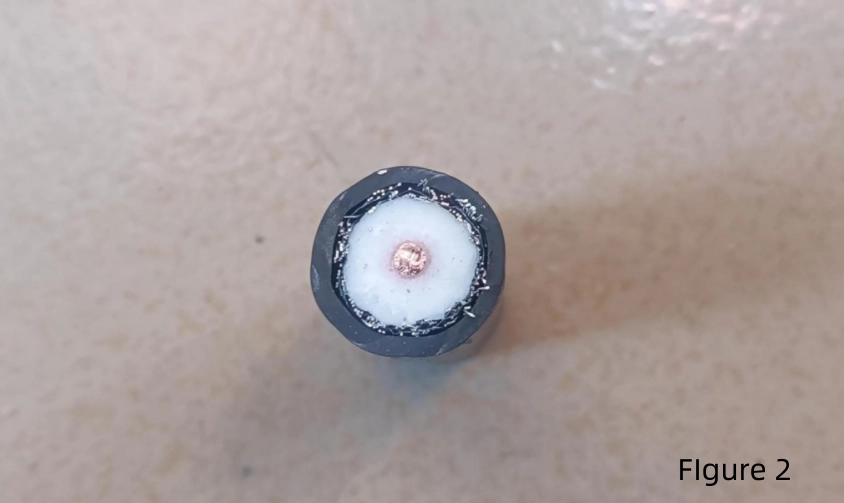
Coaxial cables are used for transmitting high-frequency signals and have excellent anti-interference ability due to their unique structure. As a crucial component of modern communication systems, it is the artery for high-frequency signal transmission; Among them, the central conductor not only carries electromagnetic energy, but also determines the efficiency and stability of signal transmission, and is a key part of signal transmission.
Working principle:
Coaxial cables conduct alternating current instead of direct current, meaning that there are several reversals in the direction of current per second.
If a regular wire is used to transmit high-frequency current, this type of wire will act like an antenna that emits radio signals outward, causing a loss of signal power and a decrease in the strength of the received signal.
The design of coaxial cables is precisely to solve this problem. The radio emitted by the central wire is isolated by a mesh conductive layer, which can control the emitted radio through grounding.
Classification:
Depending on the manufacturing material and process, there are usually the following categories:
● Monofilament Solid Conductor:
Usually made of a single solid copper or aluminum wire;
Provides better electrical performance and is often used for lower frequency applications or longer cable distances
● Stranded Conductor:
By a number of small wire twisted;
More flexible and flexible than solid conductors, suitable for mobile or frequently changing applications.
● Copper-clad Steel (CCS) :
The steel core provides strength and durability, while the copper layer provides the required electrical properties;
It is often used in occasions where mechanical strength is required.
● Silver-plated Copper:
The copper wire is coated with a layer of silver, which can improve the conductivity and frequency characteristics of the conductor.
It is often used in high frequency, high precision or military standard requirements.
● Cadmium Copper alloy:
Alloy conductors for offshore or harsh environment applications where additional corrosion resistance is required;
Material abbreviations legend-Conductor&Braid Material as shown in Figure 3.

Skin effect
The skin effect, also known as the skin effect, occurs when an alternating current passes through a conductor. Due to induction, the closer it is to the surface on the cross-section of the conductor, the denser the distribution of electrons.
The skin effect is essentially a phenomenon of uneven distribution of AC current within a conductor. As the frequency increases, the current tends to flow on the surface of the conductor. At microwave frequencies, this effect is particularly pronounced, resulting in a much higher current density on the surface of the central conductor of a coaxial cable than inside.
△ Skin effect affects coaxial cable in the following aspects:
① Increase resistance and loss - Because the current mainly flows on the surface, the overall effective conductive area is reduced, making the center conductor of the coaxial cable produce greater resistance, thereby increasing the transmission loss.
② Heating - The current caused by the high frequency signal is concentrated in the surface flow, which will lead to a more obvious thermal effect, thereby increasing the temperature of the cable and affecting the stability and reliability of the signal
③ Material selection - When designing a coaxial cable, the conductivity of the central conductor material must be considered. High conductivity materials such as silver copper plating can effectively reduce resistance and reduce loss.
△To mitigate the impact of skin effects, strategies to address skin effects include:
① Material optimization - selecting high conductivity materials to reduce resistance loss. For example, using silver plated copper conductors, the silver layer can provide high conductivity, and due to the skin effect, the thickness of silver only needs a few micrometers.
② Conductor Design - Optimizing the structure of conductors, such as using stranded conductors, can increase surface area and reduce skin effect.
③ Cooling System - For extremely high frequency applications, use a suitable cooling system to prevent overheating.
④ Customized Cable - Customize cable design based on specific application requirements, considering multiple factors such as frequency, power level, and transmission distance.
Overall, understanding and managing the skin effect is crucial for ensuring the performance of high-frequency signal transmission in coaxial cables. Through intelligent design and the application of high-quality materials, coaxial transmission lines can work more efficiently, thereby supporting our rapidly developing communication needs. It is these decisions that ensure that every signal, from ground wireless communication to satellite transmission, can be transmitted clearly and reliably in complex and challenging environments.
